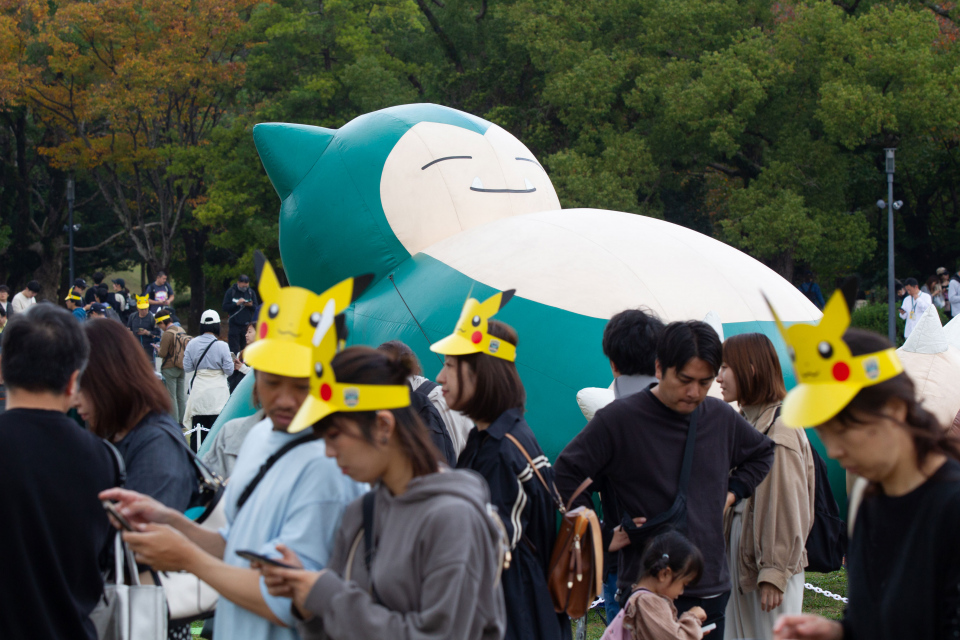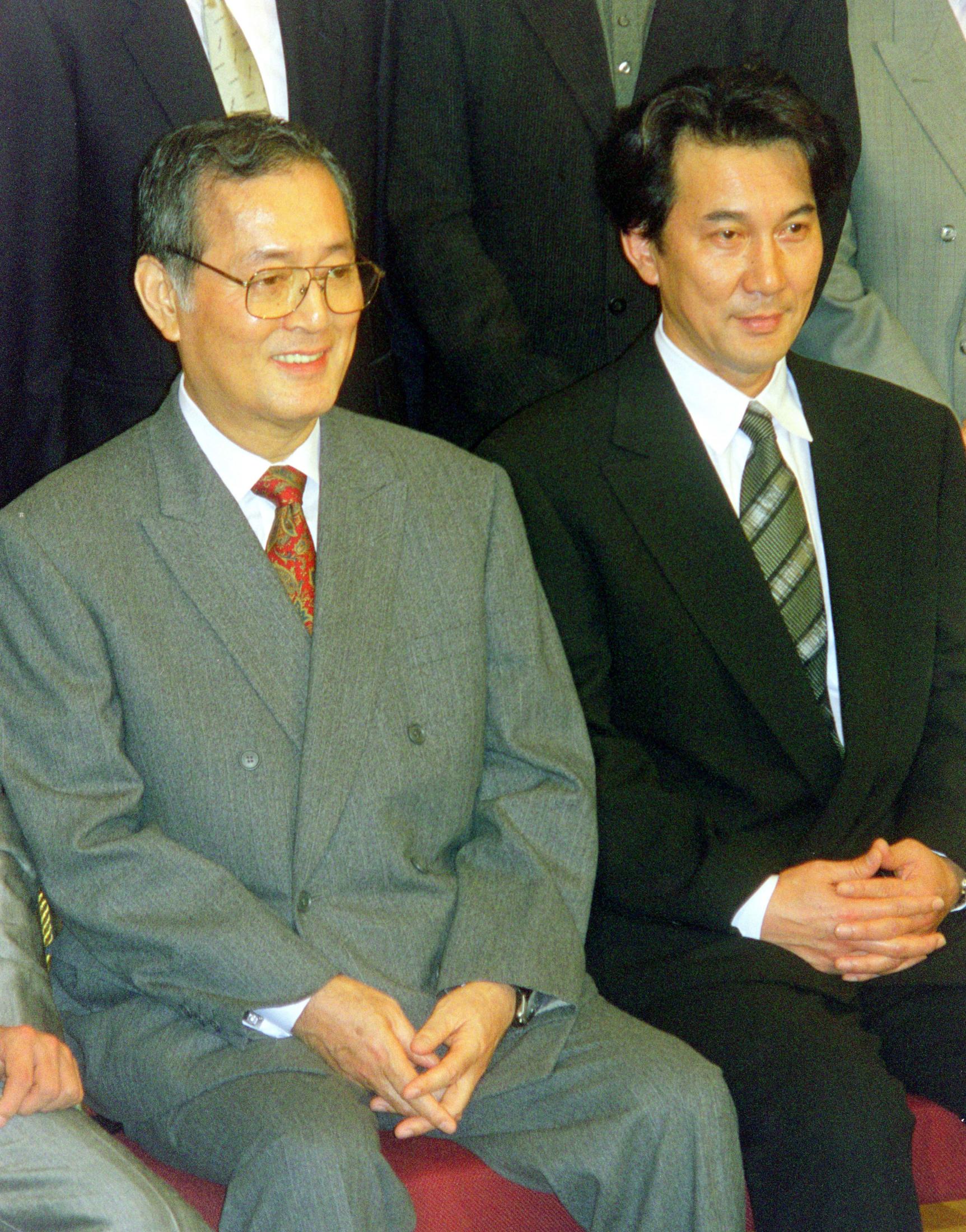
Sky-gazers worldwide may get the chance to see a celestial display this week as the annual Leonid meteor shower reaches its peak.
The Leonids are set to peak at 1 p.m. ET Monday, according to EarthSky. You may start glimpsing meteors at 11 p.m. Sunday local time, which is when the constellation Leo rises over the horizon. But it’s best to watch for them between 4 a.m. Monday and sunrise local time, said Robert Lunsford, fireball report coordinator for the American Meteor Society.
“Unlike a lot of (meteor) showers, the Leonids have a very sharp peak,” Lunsford said, adding there is only one good night for viewing.
The Leonids’ parent comet, 55P/Tempel-Tuttle, is to thank for this brief duration. The size of the comet’s debris trail is small, so Earth passes through it for a short amount of time.
The meteors you’ll see around 11 p.m. Sunday will be Earth grazers, Lunsford said, which means they’ll last longer than normal and will shoot across a large portion of the sky. “But you won’t see as many because a lot of the Leonid activity will be shooting downward below the horizon,” he added.
Under clear weather conditions, you can expect to see 10 to 15 meteors per hour.
Showers and storms
While a meteor shower is expected this year, the Leonids are known for occasionally producing tremendous meteor storms, with at least 1,000 meteors per hour.
The last Leonid meteor storm was in 2002. However, one of the most memorable storms occurred in 1966 when “we passed right through the center of one of the Leonid streams and rates were estimated at 40 meteors per second,” Lunsford said.
That storm had meteor activity so prevalent in the sky that meteors appeared to fall like rain.
High meteor activity coincides with when the comet 55P/Tempel-Tuttle reaches perihelion — its closest approach in orbit to the sun. It takes the comet 33 years to orbit the sun, so the larger Leonid meteor showers — and sometimes storms — tend to occur about every 33 years.
For a storm to happen, Earth has to pass through a dense part of the comet’s debris during perihelion, but sometimes our planet only skims the outskirts.
The next shower that will coincide with the comet’s orbital cycle will take place in 2033, but it is not expected to be a storm, Lunsford said. “We may see rates of around 100 an hour, which is comparable to the Geminids,” he said, “but we certainly don’t expect any storms which are 1,000 meters an hour.”
Upcoming meteor showers
Here are the peak dates of the two remaining meteor showers anticipated this year, according to the American Meteor Society and EarthSky.
Geminids: December 13-14
Ursids: December 21-22
Upcoming supermoon
Look out for the last full supermoon this year.
December 4: Cold moon
Sign up for CNN’s Wonder Theory science newsletter. Explore the universe with news on fascinating discoveries, scientific advancements and more.
For more CNN news and newsletters create an account at CNN.com
LATEST POSTS
- 1
 'The Golden Bachelor' Season 2 finale: How to watch tonight, start time, where to stream and more
'The Golden Bachelor' Season 2 finale: How to watch tonight, start time, where to stream and more - 2
 愛犬の認知症を防ぐには 獣医師が教える三つのポイント(毎日新聞)
愛犬の認知症を防ぐには 獣医師が教える三つのポイント(毎日新聞) - 3
 函館に“活イカ”が帰ってきた「資源調査」名目で漁再開…笑顔の観光客の一方で漁業者は「逃がした魚は大きい」と悔しさにじませる(HBCニュース北海道)
函館に“活イカ”が帰ってきた「資源調査」名目で漁再開…笑顔の観光客の一方で漁業者は「逃がした魚は大きい」と悔しさにじませる(HBCニュース北海道) - 4
 Best Vegetarian Dinner: What's Your Plant-Based Pick?
Best Vegetarian Dinner: What's Your Plant-Based Pick? - 5
 5 Chiefs That Changed Our Opinion on Film
5 Chiefs That Changed Our Opinion on Film
 『ポケモン GO』再ブーム到来!地方自治体が注目で協力的 単発イベント経済効果は74億円…成功した訳【ナイアンティック担当者、長崎市長インタビュー】(オリコン)
『ポケモン GO』再ブーム到来!地方自治体が注目で協力的 単発イベント経済効果は74億円…成功した訳【ナイアンティック担当者、長崎市長インタビュー】(オリコン) 役所広司“師匠”仲代達矢さん訃報にショック「突然のことすぎてコメントをする心情にありません」無名塾出身(デイリースポーツ)
役所広司“師匠”仲代達矢さん訃報にショック「突然のことすぎてコメントをする心情にありません」無名塾出身(デイリースポーツ) Down to earth Manual for A Modest Hyundai Ioniq Electric for Seniors
Down to earth Manual for A Modest Hyundai Ioniq Electric for Seniors 【WIN5】的中1票!! 払戻金は3億1248万9940円 10月以降3度目の億超え(馬トク報知)
【WIN5】的中1票!! 払戻金は3億1248万9940円 10月以降3度目の億超え(馬トク報知) 仙台育英高校サッカー部「全国高校サッカー選手権大会」への出場辞退決める 部内での「いじめ重大事態」を受け(tbc東北放送)
仙台育英高校サッカー部「全国高校サッカー選手権大会」への出場辞退決める 部内での「いじめ重大事態」を受け(tbc東北放送) The Force of Systems administration: Individual Examples of overcoming adversity
The Force of Systems administration: Individual Examples of overcoming adversity Dominating Capable Mastercard Utilization: Key Contemplations
Dominating Capable Mastercard Utilization: Key Contemplations The Craft of Do-It-Yourself Home Stylistic layout: Change Your Space
The Craft of Do-It-Yourself Home Stylistic layout: Change Your Space Figure out How to Really focus on Your Dental Inserts for Durable Outcomes
Figure out How to Really focus on Your Dental Inserts for Durable Outcomes













